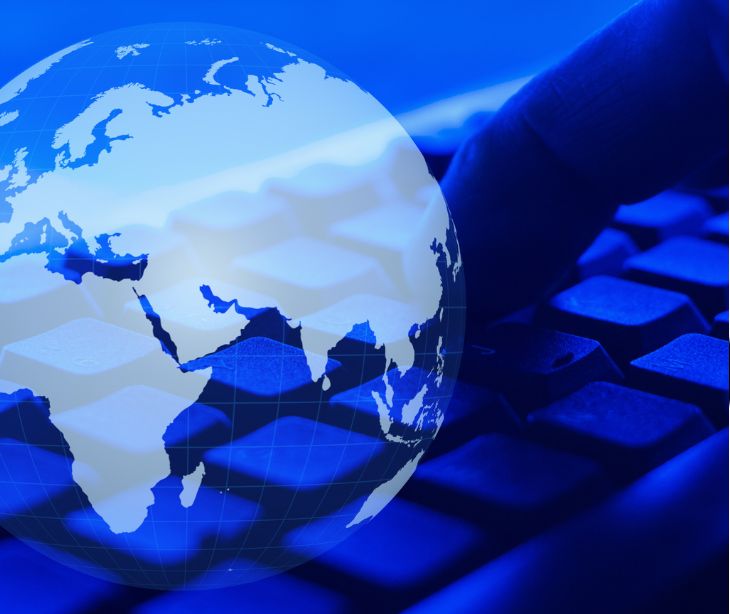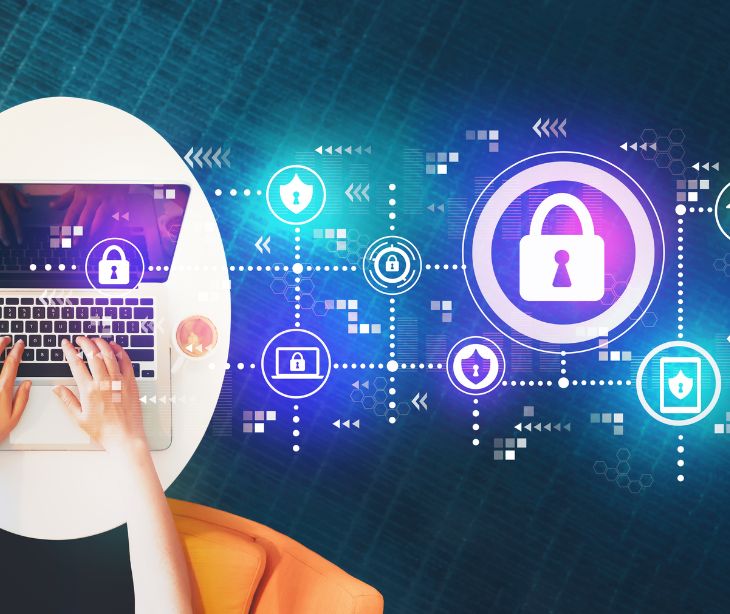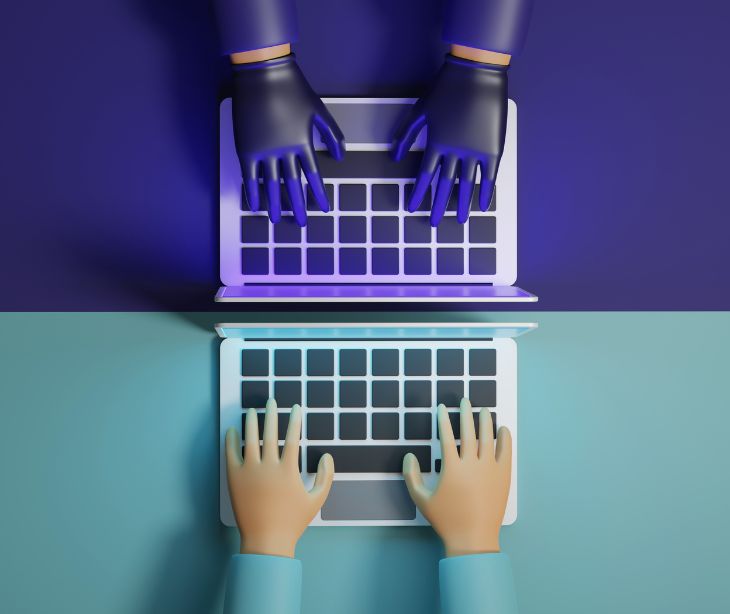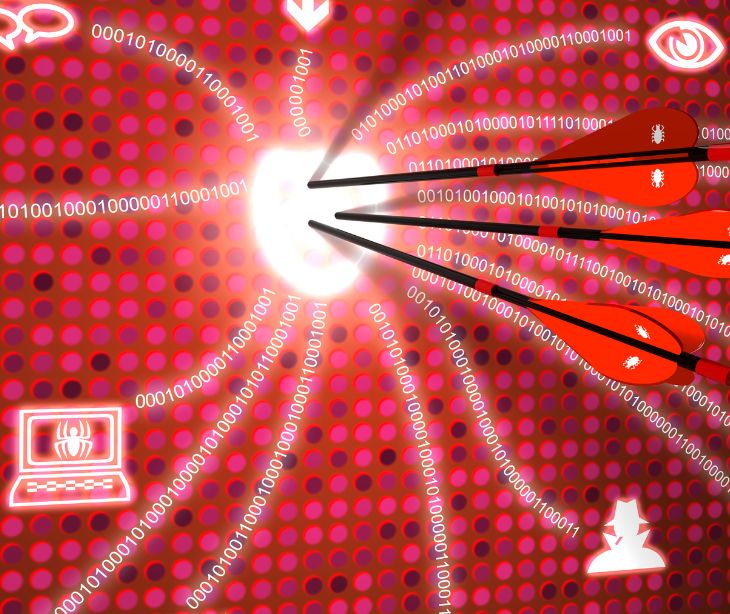
Cyberattacks are a broad category of malicious actions that exploit computer networks, devices, or systems vulnerabilities. Cyberattacks occur for various reasons, driven by different motives and objectives pursued by cybercriminals, hacktivists, state-sponsored actors, and other malicious entities.
Why do cyberattackers target the healthcare industry?
Cyberattacks on healthcare organizations occur for several reasons, often exploiting vulnerabilities in their systems, networks, or practices. The healthcare sector possesses valuable and sensitive information, making it an attractive target for cybercriminals. Here are some reasons why cyberattacks happen in healthcare:
Valuable data
- Patient information: Healthcare organizations store a wealth of sensitive data, including medical records, personal information, insurance details, and financial data. This information holds significant value on the black market, making healthcare databases prime targets for cybercriminals seeking to steal and exploit such data for financial gain.
Vulnerabilities and weaknesses
- Outdated systems and software: Legacy systems and outdated software in healthcare institutions often lack robust cybersecurity measures or fail to receive timely updates and patches, leaving them vulnerable to exploitation.
- Insufficient cybersecurity measures: Inadequate investment in cybersecurity infrastructure, limited staff training on cybersecurity best practices, or a lack of awareness about potential threats can create vulnerabilities that cybercriminals exploit.
Related: Your cybersecurity strategy is probably lacking
Monetary gains
- Ransom demands: Ransomware attacks target healthcare organizations, encrypting vital data and demanding a ransom for its release. Due to the critical nature of patient care, hospitals are more likely to pay the ransom to swiftly regain access to their systems.
Go deeper: Refusal to pay is the newest strategy to combat ransom attacks
Disruption of services
- Disruption and chaos: Cyberattacks aim to disrupt healthcare services, causing chaos, delays in patient care, or compromising patient safety. Such disruptions can lead to financial losses and damage the reputation of healthcare providers.
Lack of strict regulations
- Regulatory compliance issues: While the healthcare sector is subject to stringent regulations like the Health Insurance Portability and Accountability Act (HIPAA), compliance enforcement and varying security measures levels across different institutions can create gaps that cybercriminals exploit.
Targeting critical infrastructure
- Medical devices and IoT: The proliferation of interconnected medical devices and internet of things (IoT) in healthcare introduces new entry points for cyberattacks. Vulnerabilities in these devices can be exploited to access networks or manipulate medical equipment.
Geopolitical or ideological motivations
- State-sponsored attacks or hacktivism: In some cases, cyberattacks on healthcare organizations might be politically motivated or carried out by hacktivist groups seeking to make a statement or disrupt operations for ideological reasons.
How can cyberattacks be prevented?
- Cybersecurity education and training: Healthcare professionals should undergo regular training on cybersecurity best practices. This includes recognizing phishing attempts, maintaining strong passwords, and understanding potential vulnerabilities in the system.
- IT infrastructure: Implementing and regularly updating robust cybersecurity protocols, firewalls, and encryption mechanisms helps fortify healthcare systems against cyber threats.
- Data encryption and backup: Encrypting patient data and maintaining regular backups can prevent data loss in a breach or ransomware attack.
- Strict access controls: Implementing strict access controls and multi-factor authentication ensures that only authorized personnel can access sensitive patient information.
- Patch and update systems: Regularly updating software and systems with the latest security patches helps prevent the exploitation of known vulnerabilities.
- Collaboration and information sharing: Healthcare organizations should collaborate with cybersecurity experts and share threat intelligence to stay updated on emerging threats and preventive measures.
Related: Cybersecurity in Healthcare
Common types of cyberattacks in healthcare
- Ransomware attacks: These encrypt data, demand payment for decryption keys, and disrupt operations until the ransom is paid.
- Phishing: Attackers use deceptive emails or messages to trick healthcare employees into divulging sensitive information or installing malware.
- Data breaches: Unauthorized access to patient information due to weak security measures or insider threats compromises confidentiality.
- Malware infections: Malicious software can disrupt operations, steal data, or compromise the integrity of medical systems.
- Denial-of-service (DoS) attacks: Overwhelming healthcare systems with excessive traffic renders them inaccessible to users, affecting services.
- Insider threats: Employees or insiders intentionally or unintentionally compromise security by accessing or leaking sensitive data.
Learn more:
Subscribe to Paubox Weekly
Every Friday we'll bring you the most important news from Paubox. Our aim is to make you smarter, faster.




